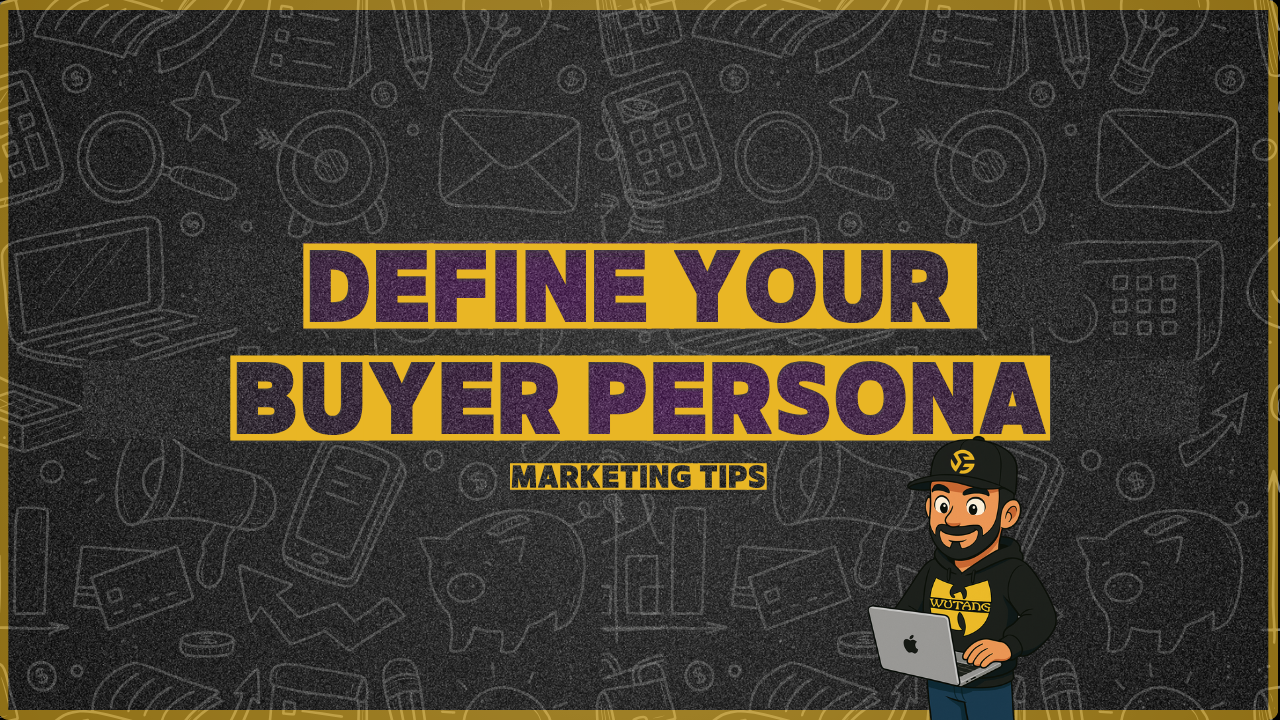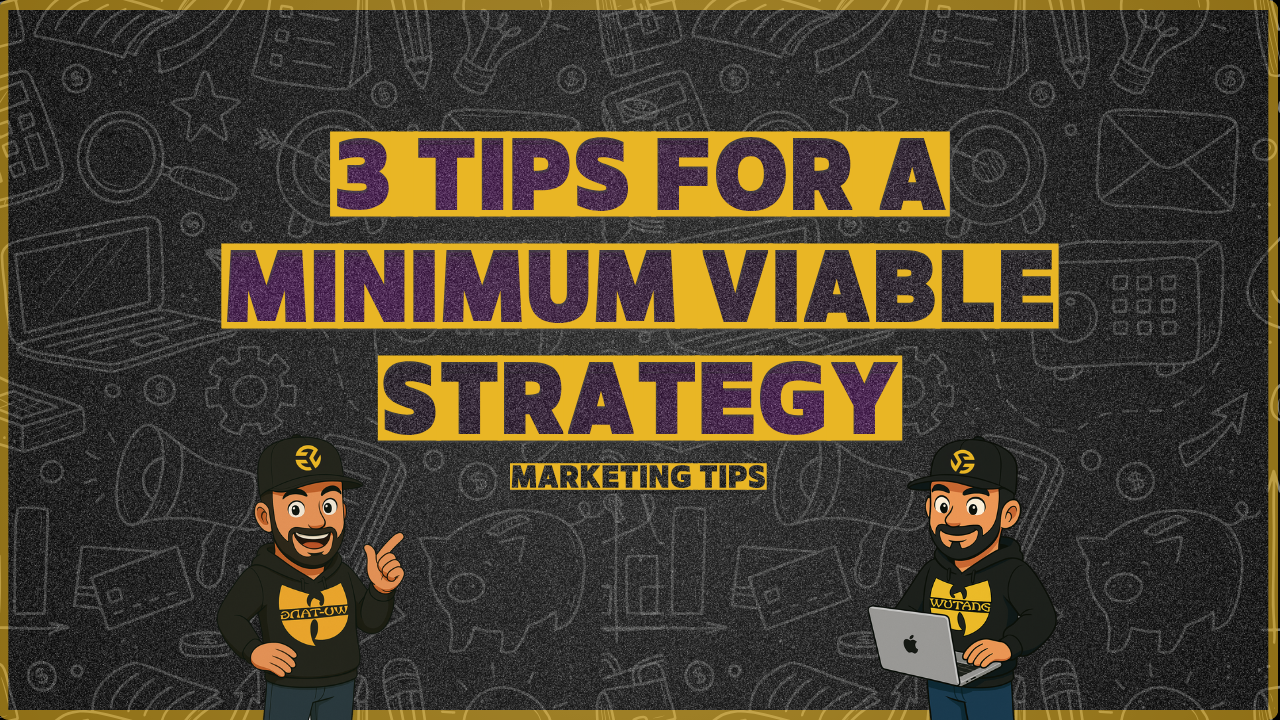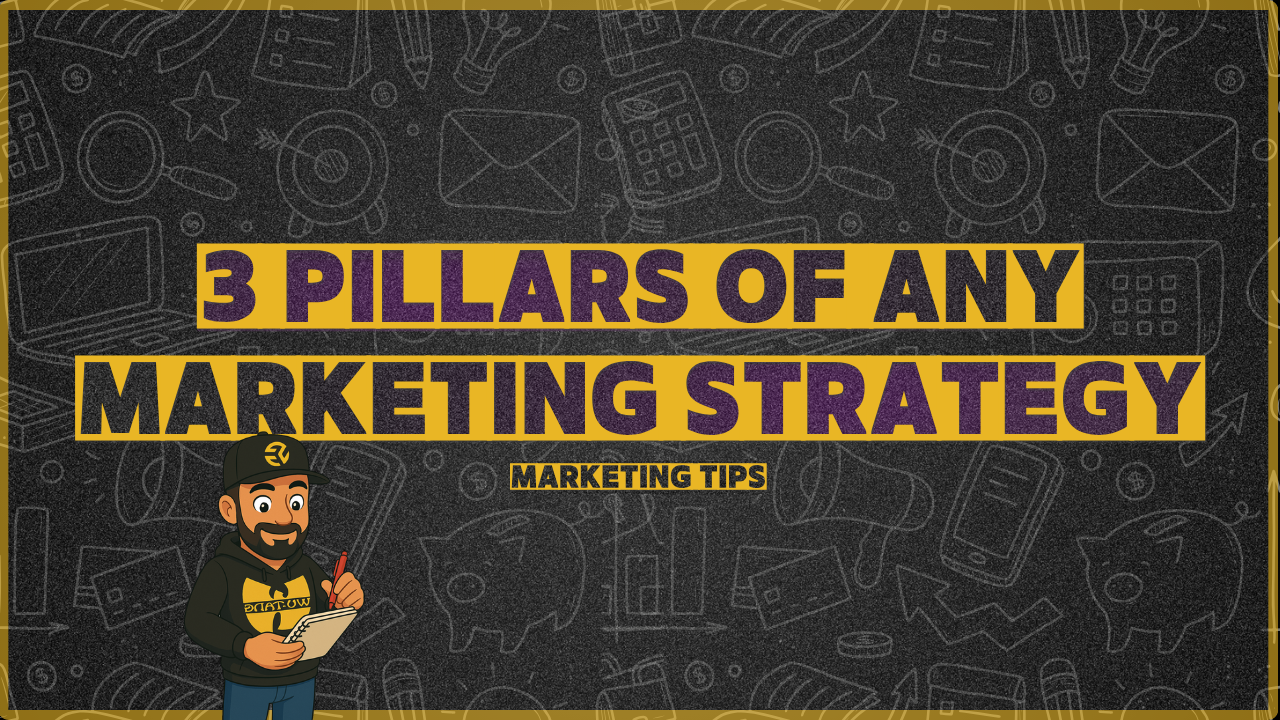Tips to Define Your Buyer Persona

Table of Contents
Building a strong marketing strategy starts with understanding who you’re talking to — and that begins when you define your buyer persona clearly.
Without knowing your ideal customer, your marketing messages miss the mark, your content feels generic, and your conversions stay low.
To define your buyer persona effectively, you must combine research, data, and real customer insights. It’s one of the most crucial steps in creating a marketing strategy that connects emotionally and drives real results.
A buyer persona isn’t just a demographic sketch — it’s a complete representation of your ideal customer, including their goals, pain points, motivations, and buying behavior. When you define it well, every marketing effort — from your content to your ads — becomes more focused and effective.
Why Defining Your Buyer Persona Matters
Marketing without a clear persona is like trying to sell in the dark — you might reach people, but not the right ones. When you define your buyer persona, you can tailor your message, offers, and even your products to meet their real needs.
A defined persona helps you:
Focus your marketing budget on the right channels.
Craft personalized messages that resonate with real people.
Build trust by addressing customer pain points directly.
Increase conversion rates and long-term loyalty.
👉 Pro Tip: Never skip the research stage when defining your buyer persona — data-driven insights always outperform assumptions.
The 3 Steps to Build an Accurate Buyer Persona
Research
The first step to define your buyer persona is to gather as much real data as possible about your customers and audience. Go beyond age and location — understand their motivations, challenges, and decision-making process.
Use analytics tools like Google Analytics, HubSpot, or Systeme.io to identify who visits your website.
Conduct surveys or interviews with existing customers to uncover patterns.
Explore social media insights to see what topics and pain points your audience discusses.
👉 Pro Tip: Look for recurring patterns, not isolated opinions. For example, if most leads come from LinkedIn and share similar job titles, you’re defining a strong persona cluster.
Create a Profile
Once you’ve done your research, it’s time to create and define your buyer persona profile. This should be a concise, actionable summary that your entire team can use.
Include key sections like:
Name & Role: e.g., “Sophie, Marketing Manager at a Tech Startup.”
Goals: What she wants to achieve.
Challenges: What’s holding her back.
Values & Motivations: What influences her buying decisions.
Preferred Channels: Where she spends time (LinkedIn, Instagram, Email, etc.).
👉 Pro Tip: Give your buyer persona a real name and image — this makes it easier for your marketing team to visualize and communicate with them naturally.
Adjust
The best marketers know that to define your buyer persona successfully, you must treat it as a living document. Markets evolve, customer needs change, and your personas must evolve too.
Revisit your personas every 6–12 months.
Compare assumptions with real conversion data.
Adjust based on new customer feedback or product changes.
👉 Pro Tip: Regularly test if your content still resonates with your defined personas. If engagement drops, your buyer persona may need updating.
Marketing Curiosity of the Week
Did you know that HubSpot coined the term “buyer persona” in the early 2000s?
The concept "Buyer Persona" quickly became a marketing staple because it shifted the focus from mass advertising to personalized communication.
Athan Marketing Tweet
Today, tools like AI analytics, behavioral tracking, and CRM segmentation make it easier than ever to understand your ideal customer — but only if you take the time to interpret the data right.
Ready to Define Your Buyer Persona?
At Athan Marketing, we help entrepreneurs and small businesses define their buyer persona with clarity and confidence — turning data into actionable marketing strategies.
Whether you’re starting from scratch or refining your audience, we’ll help you design clear personas that align with your brand goals and drive measurable results.
👉 Let’s define your buyer persona and build marketing that converts.
Keep Learning: More Marketing Tips
If you enjoyed this article, explore more insights on our blog to keep improving your marketing foundations:
Share on Social Media
Frequently Asked Questions About Marketing Strategy
What is a buyer persona in marketing?
A buyer persona is a semi-fictional profile that represents your ideal customer based on data, behavior patterns, and demographics.
How many buyer personas should a business have?
Most businesses start with 2–3 personas to cover their main audience segments without overcomplicating the strategy.
How often should I update my buyer personas?
At least once or twice a year, especially after major shifts in your industry or product offering.
What tools can help build buyer personas?
HubSpot, Google Analytics, Typeform, and Systeme.io are great for collecting and analyzing audience insights.



